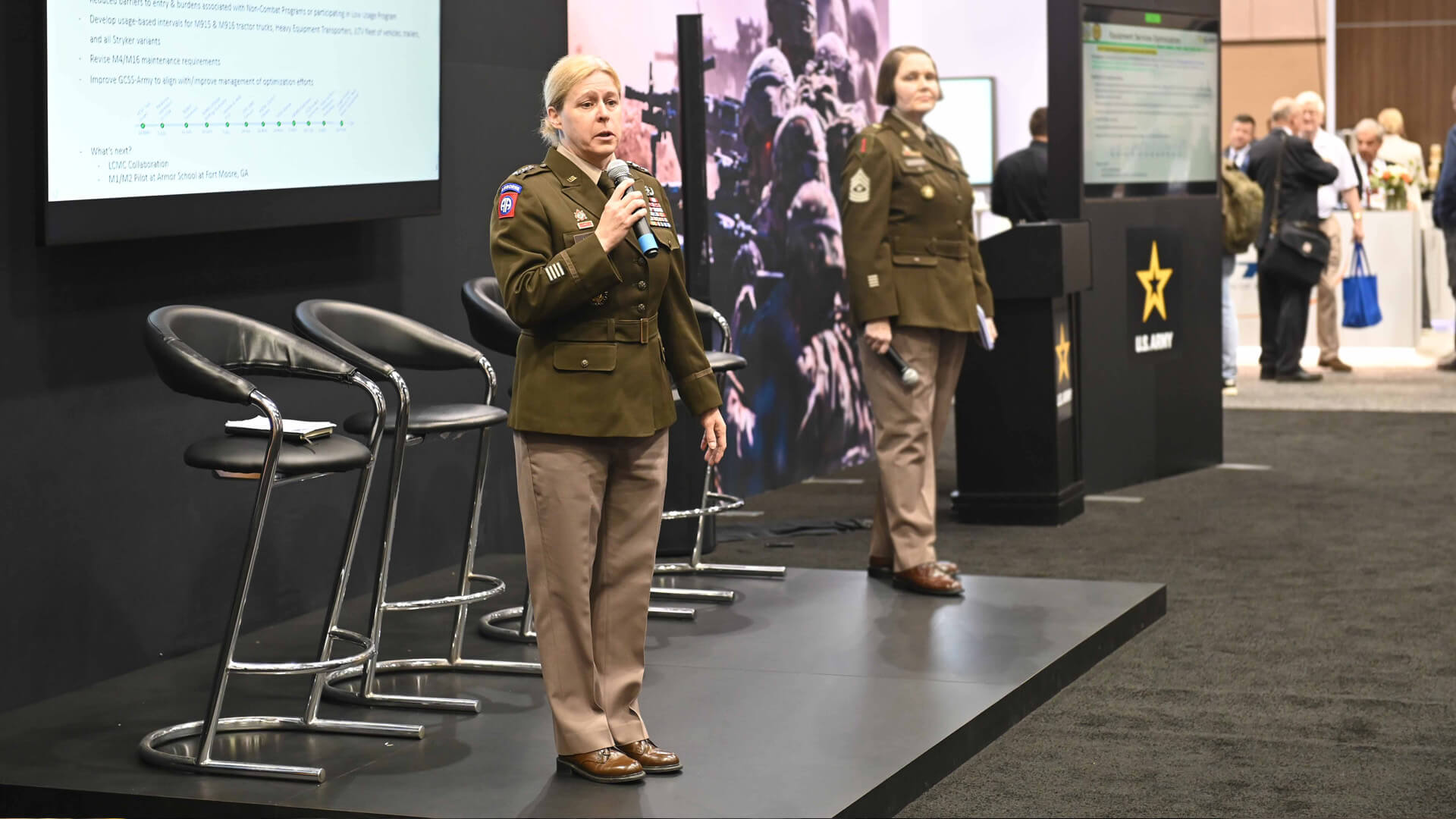New Maintenance Standards Aim to Unburden Soldiers
New Maintenance Standards Aim to Unburden Soldiers

Changes in vehicle maintenance standards are underway across the Army as part of an effort to reduce excess equipment and unburden soldiers, said Lt. Gen. Heidi Hoyle, deputy Army chief of staff for logistics, G-4.
These new standards are a change to decades-old processes that govern when vehicles receive maintenance. The goal is to gain efficiency without sacrificing the quality of maintenance.
Instead of time-based intervals for selected vehicles, maintainers are focusing on readiness by troubleshooting, performing unscheduled maintenance when needed and leaving rote maintenance such as replacing filters for a regular schedule.
“We trace it all the way back to, I think the date is 1938, when we set our standards for how we service equipment. That is an interesting flow of information, right? Almost 90 years,” Hoyle said March 27 at a Warriors Corner presentation at the Association of the U.S. Army’s Global Force Symposium and Exposition in Huntsville, Alabama.
In June 2023, she said, the Army assembled a group of senior chief warrant officers “from all of the life cycle management commands,” who were “locked into a room at the Pentagon” and given the task of figuring out how the Army could unburden soldiers and create true readiness.
Recommendations emerged by the end of the day addressing issues such as service intervals, high and low usage rates for different fleets and options to achieve efficiency.
“As a maintainer, I can tell you that unburdening the maintainer really enables readiness,” Sgt. Maj. Petra Casarez, senior enlisted adviser to the Army G-4, said at the Warriors Corner presentation.
“We have always done the semi-annual and the annual services just because that’s what we have always done,” Casarez said. “So, instead of really focusing on those conditions- and needs-based services, we have focused on just doing services when we think that the time told us.”
Casarez explained that the changes are underway with four platforms—the Humvee, the Heavy Expanded Mobility Tactical Truck, the Family of Medium Tactical Vehicles and the Palletized Load System.
“We took away all the semi-annual and the annual services, but still kept up biannual or the every-two-years services,” she said. “It reduces the resources like filters, the petroleum, oils and lubricant products and whatnot, and it allows us to have our maintainers in the right place in our motor pools by taking away those time-based services.”
Casarez emphasized that there is no plan to reduce the number of maintainers. Instead, the shift refocuses their efforts into readiness.
Soldiers “have to be unburdened from the equipment that is excess, the stuff we accumulated over 20 years of conflict for all the right reasons” that is no longer required, Hoyle said.
“If you want to effect change and keep the units at the most optimal levels in the times when our formations are not at 100%, you have to look at the [sustainability] rating, you have to look at the [readiness] rating, because those two are both impacted,” Hoyle said.

